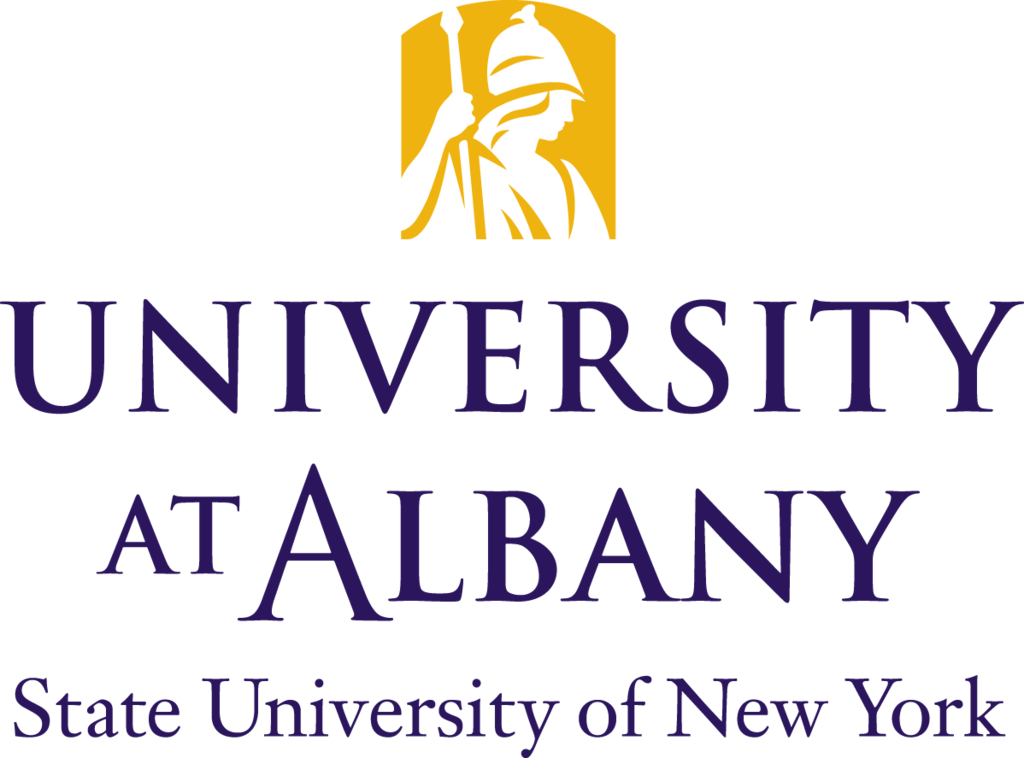ALBANY, N.Y. (March 24, 2021) – The postponed torch relay for the Tokyo 2020 Olympics is set to officially kick off tomorrow, traveling across all 47 prefectures in Japan over 121 days and landing at the Olympic Stadium for the Opening Ceremony on July 23.
The starting point of the relay is the J-Village soccer training center in Fukushima which, 10 years ago this month, was used as an operational base after a nuclear disaster in the region that was triggered by a massive earthquake and tsunami.
While this is meant to be symbolism of Fukushima’s recovery, Thomas Bass, a professor of English and Journalism at the University at Albany, recently published an article in the Bulletin of the Atomic Scientists that argues many long-lasting impacts from the tragedy still remain and are largely ignored.
“The torch for the 2020 Olympics – delayed for a year by the coronavirus pandemic but still called the ‘2020 Olympics’ – is scheduled to be lit on March 25… 12 miles south of Fukushima Daiichi, where this March also marks something else: the 10th anniversary of the meltdown of three of the six nuclear reactors at the generating complex known as Fukushima No. 1, or F1.”
“After a lighting ceremony… the Olympic torch will be run for three days through Fukushima’s nuclear exclusion zone. Japan hopes to focus our attention on the refurbished schools and town halls, re-opened train stations, and two new museums that have been built in Fukushima, while trying to keep the TV cameras away from the ruined houses and radioactive cars lying nearby.”
Bass argues that there is a public safety risk, not only for the athletes, but also for the residents of the region who continue to be exposed to dangerous levels of radiation.
“The generally accepted safety standard for radiation exposure is one milliSievert, or one-thousandth of a Sievert, per year… The Japanese government now allows individuals in Fukushima prefecture to be exposed to 20 milliSieverts per year."
Bass has taught at UAlbany for more than 15 years and is the author of seven books, including “The Eudaemonic Pie” and “The Predictors,” as well as several books on Asia. He has also written numerous articles for Wired, The New York Times, The New Yorker, Smithsonian, Discover, and other magazines.
About the University at Albany:
A comprehensive public research university, the University at Albany-SUNY offers more than 120 undergraduate majors and minors and 125 master's, doctoral and graduate certificate programs. UAlbany is a leader among all New York State colleges and universities in such diverse fields as atmospheric and environmental sciences, business, education, public health, health sciences, criminal justice, emergency preparedness, engineering and applied sciences, informatics, public administration, social welfare and sociology, taught by an extensive roster of faculty experts. It also offers expanded academic and research opportunities for students through an affiliation with Albany Law School. With a curriculum enhanced by 600 study-abroad opportunities, UAlbany launches great careers.
###
